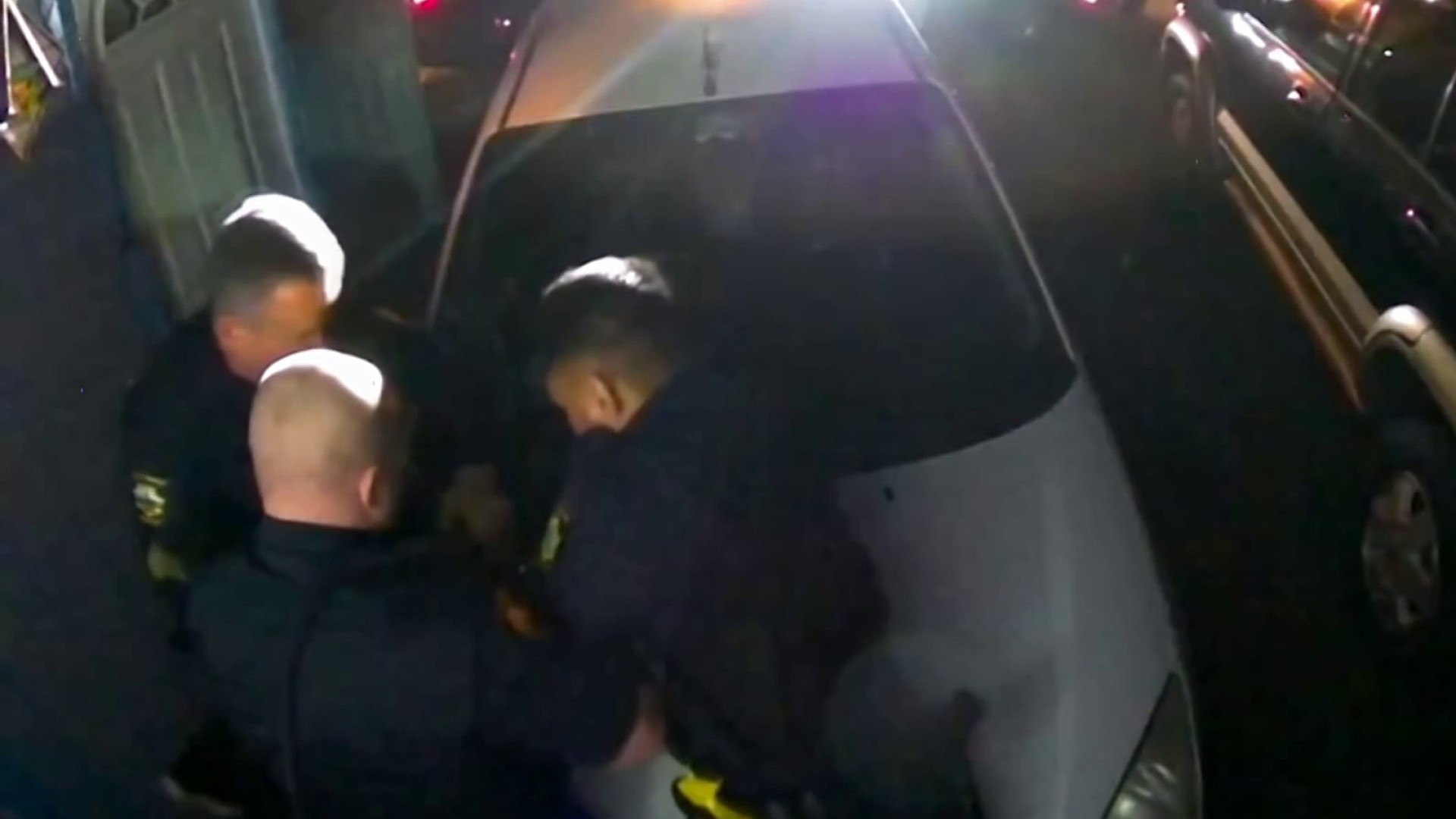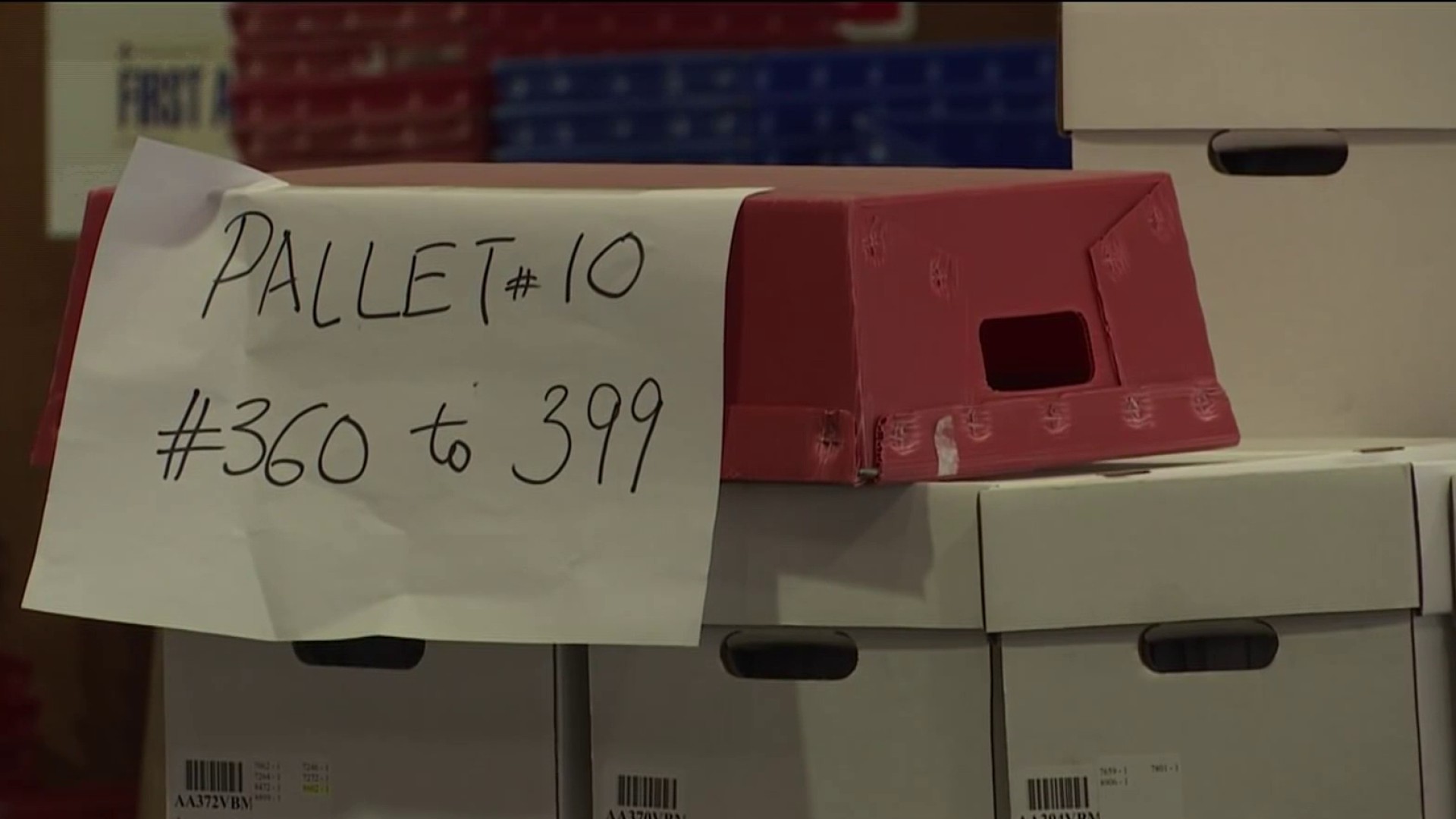It's Election Day, and Californians are voting in March instead of June, when the primaries are all but decided.
And this year, many Bay Area voters are not bound to one voting place. They can choose where it’s most convenient for them.
Voting centers: The Voters Choice Act of 2016 established new voting centers for 15 California counties, including Santa Clara and San Mateo counties. San Mateo County enacted the new rules during the 2018 election. Voters can log on to those county’s respective election websites to find the nearest location.
Dropped-out candidates: Some voters may be wondering if their votes for Sen. Amy Klobuchar or Mayor Pete Buttigieg still count, even though they’ve dropped out of the race for the Democratic nomination. The answer is yes, they are still on the ballot, and votes for them will still count. One note: the Democratic Party requires candidates to receive at least 15% of the vote in order to start earning delegates.
A poll released last week showed both Klobuchar and Buttigieg receiving single digit support.
Voter registration: What if eligible voters are not registered to vote? They can still register on Election Day at their county election office, voting center or polling place and cast a provisional ballot.
Vote by mail: Is it too late to submit mail in ballots? No, they can be dropped off at county election drop boxes or sent in via mail, as a long as it’s postmarked March 3 and arrives at the election office no later than Friday, March 6.
Local
Party preference: Can voters without a party pereference vote in any of the presidential primaries? It depends. The Democrats, Libertarians and American Independents have open primaries and do allow unaffiliated voters to vote for their presidential candidates. But voters must request a "crossover ballot" to do so.
The Republican, Green, Peace and Freedom parties do not allow unaffiliated voters to vote in their primaries.



